After the winter we’ve just had, one of your first jobs this spring should be feeding your lawn. Here’s what to feed and why.
I’m looking out of my window right now and I have to say that my lawn looks the saddest it ever has. The grass is a rather sickly shade of yellow. The growth is all uneven and the edges are raggedy. To be honest, I’m ashamed of it. Considering I have spent the last 22 years writing and advising on lawn care, it should look a lot better.
Winter 2017/18 has been hard on lawns in general. From autumn through to mid-February it was unseasonably mild but very very wet. And then, just as the days started to get longer and the plants would naturally expect the soil to start warming up – BAM! Along came the beast in the east. And my goodness didn’t it bite?!
A spring lawn feed is essential after the winter. It will put the colour and the vigour back into the lawn and make the whole garden look so much more alive
But you know all that. From the plants’ point of view, they’re a bit shocked and they need some TLC. What do we do with people and pets that are suffering from shock? We make sure they get some really good nourishing food to help every cell in their body recover and rejuvenate. Obviously, Heinz Tomato Soup is not suitable for your lawn – so what is?
What should you be feeding your lawn this spring?
I’m hoping that the weather has finally turned and we’re going to see some warmer days. Longer daylight hours plus higher soil temperatures plus plenty of soil moisture will mean rapid growth on your lawn. Not just the grass blades but the roots too.
Now before you put your head in your hands and groan at the prospect of more mowing, just think how good your lawn will look once it’s shed its winter jacket.
In order to support healthy growth, your lawn needs three major “food” groups.
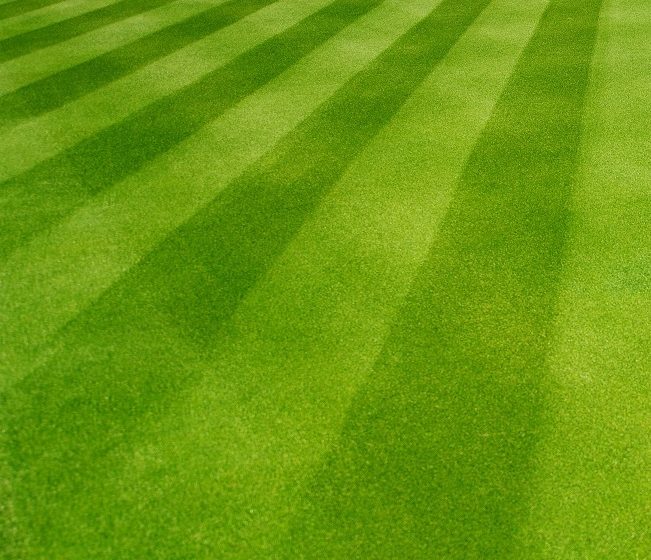
A show-standard lawn like this one needs feeding with the right nutrients at the right time. If the lawn were poorly nourished it wouldn’t do justice to the rest of the garden.
Nitrogen
Nitrogen molecules are an important part of proteins. In a plant, proteins are super-important. And there are lots of different types. Some are vital for the structure of the plant – they make the cells of roots and leaves so that the plant can harvest nutrients from the air and the soil. Proteins also make the growth hormones that make leaves grow up and roots grow down. If the plant lacks nitrogen it will be pale, floppy and prone to disease.
Phosphorus
Lack of phosphorus is one of the biggest limiting factors to plant productivity. It is used by the plant to make DNA (remember each plant cell has DNA it it), it is an important part of the cell walls. It also gets used for general metabolism, photosynthesis and respiration. You’re probably more familiar with phosphorus as a major component of tomato feed. It’s vital for flowering, fruiting and root growth.
Products that can help….
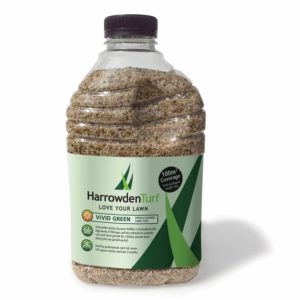 |
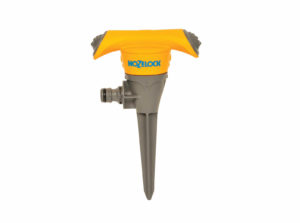 |
 |
 |
Potassium
Nitrogen and Phosphorus actually become part of the plant structure – they’re like building blocks. Potassium though has a different role. Potassium controls many of the chemical reactions within a plant that decide how it reacts to its surroundings and how it grows. I suppose an analogy would be the oil in a car engine. It’s not part of the car but without it, you’d be in a big muddle.
Every plant leaf has little tiny holes in its surface called stomata. The stomata allow the leaves to breathe but they also let water escape from the leaves in hot weather. Normally, the plant can close its stomata to prevent wilting. Without potassium, the stomata react very slowly and so the plant suffers in dry weather. Plants also need plenty of potassium in the roots so that they can draw water in from the soil. Again – lack of potassium leads to dehydration.
When you are choosing a lawn feed for spring and summer use, you must be sure that it contains all three of those components. Nitrogen, Phosphorus and Potassium. You may see them written as NPK.
To get the very best value from your lawn feed
To make sure that every granule of your lawn feed gets taken up by your lawn I strongly advise you scarify and aerate your lawn in early spring. That means that the lawn feed can easily be taken down to the roots where it is needed.
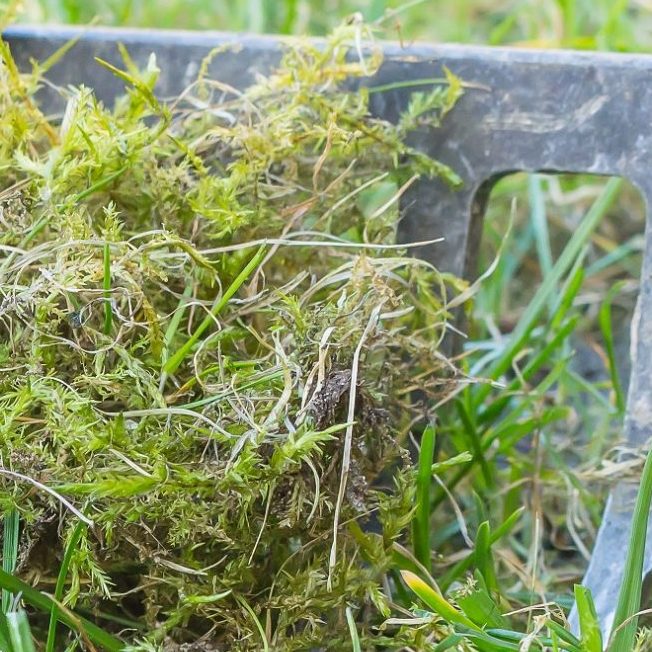
Scarifying your lawn in spring will get rid of the detritus that slows nutrient absorption. I wouldn’t recommend using a rake though – not unless you have a very small lawn or a lot of spare time. Either hire a scarifying machine or ask a specialist lawn care company for help.
Apply your lawn feed exactly as the manufacturer suggests and don’t forget the follow-up feed – usually 8-10 weeks after the first application.
Granular lawn feeds such as Harrowden Turf’s Vivid Green Spring Summer Feed, must be watered in. If not, there is a risk of the grass blades being scorched. I always wait until it looks like rain before I put my lawn feed on – that way Mother Nature usually waters it in for me. If your time is not as flexible as mine, use a hosepipe or sprinkler.
Further Reading
Controlling moss and weeds in your lawn – hints and tips
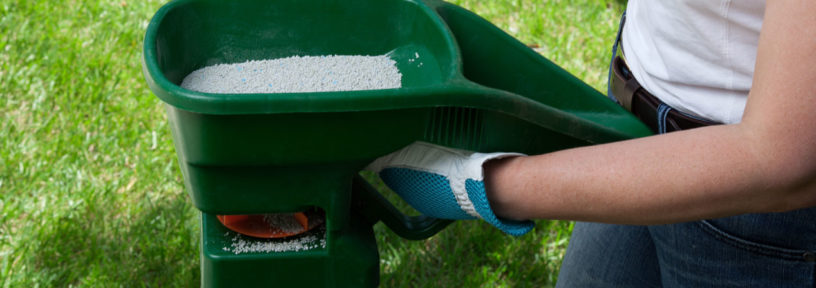
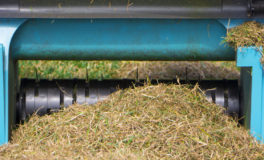 How to scarify your lawn
How to scarify your lawn 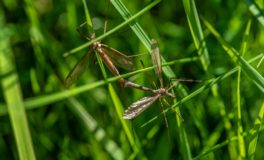 Lawncare tips – Leatherjackets
Lawncare tips – Leatherjackets 

